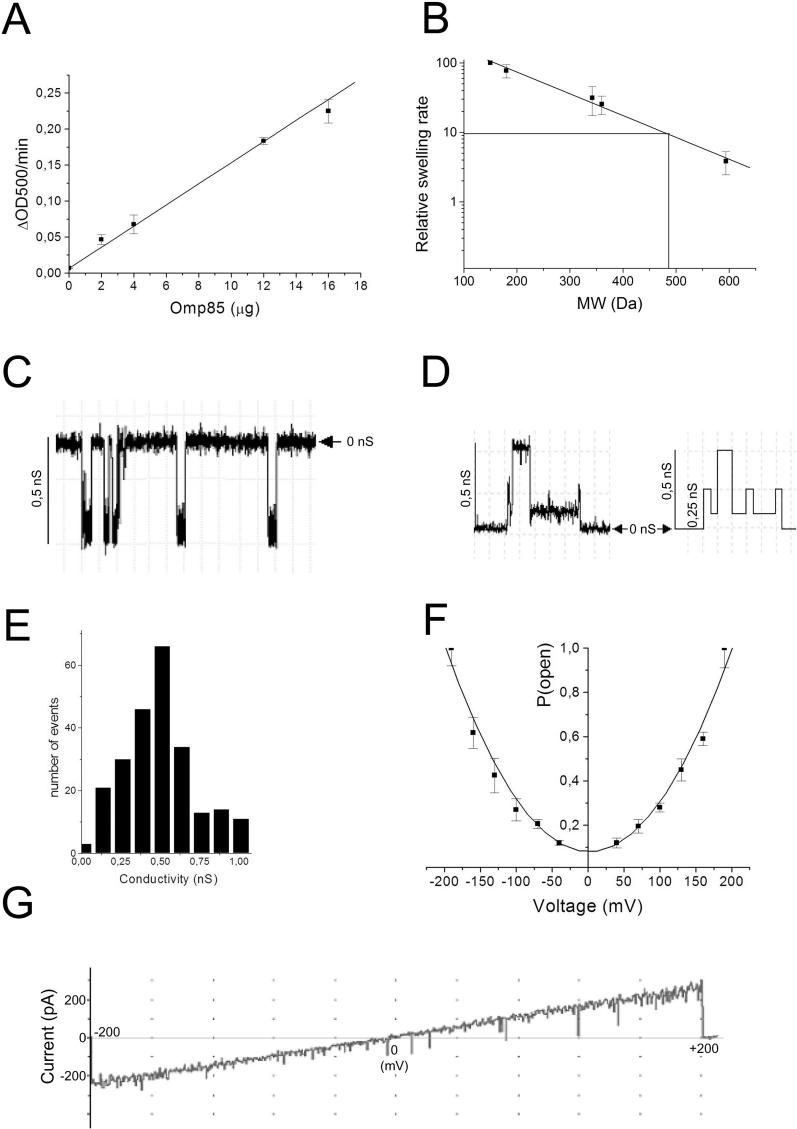Figure 3. Pore-Forming Activity of Omp85.
(A) Swelling rates of proteoliposomes reconstituted with the indicated amount of Omp85 in iso-osmotic solutions of L-arabinose.
(B) Relative swelling rates of proteoliposomes containing Omp85 in solutions of sugars with different MW. The sugars used were arabinose (150 Da), glucose (180 Da), saccharose (342 Da), maltose (360 Da), and raffinose (594 Da). The data are shown relative to the swelling in arabinose and are the averages of at least four independent experiments. The indicated swelling rate corresponding to 10% of that in arabinose served to estimate the size of the channel.
(C) Recording of Omp85 pores formed in planar lipid bilayers at an applied potential of −150 mV.
(D) Current recordings showing sub-conductance states of Omp85 channels and its idealized current trace (right panel). The horizontal arrowhead shows the zero-conductance level.
(E) Amplitude histogram of current derived from channel openings at +50, +100, and +150 mV. Results from four experiments were pooled.
(F) Voltage dependence of the probability for the Omp85 channel of being in its open state. Data were normalized relative to the maximal mean current at 190 mV. Data points represent averages of two independent bilayers.
(G) Voltage-ramp analysis of Omp85 channels from 0 to 200 mV and from 0 to −200 mV. In the experiment shown, eight 0.12-nS channels were present in the bilayer.

